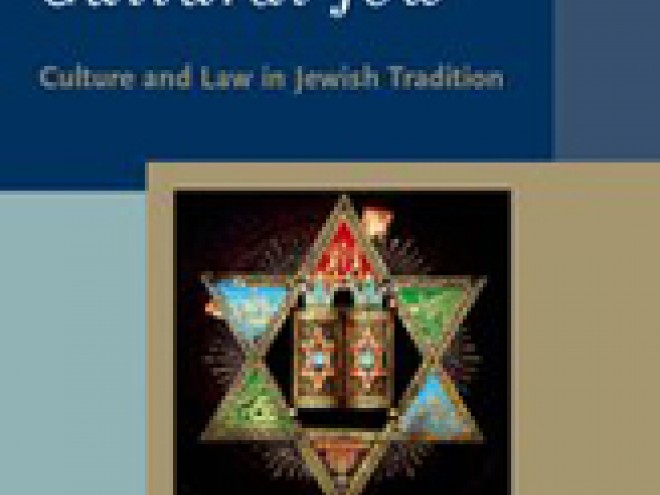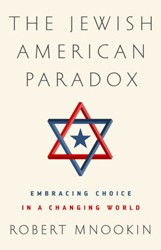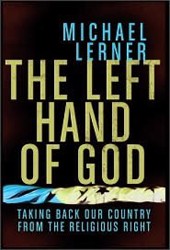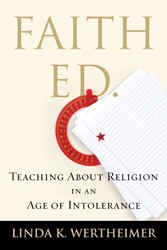By
– August 30, 2011
This is a comprehensive and well-crafted collection of essays and interviews on major items on the Jewish communal agenda, such as family patterns, Jewish identity, intermarriage, education, regional differences, changes in the denominational mix, and Birthright Israel. The editors, authors, and interviewees — including Steven Cohen, Sylvia Barack Fishman, Arnold Eisen, and Chaim Waxman — are well-respected.
As I read the book and noted some of the biases and gaps, however, I wondered whose comfort level was being discussed. Surely the authors and editors feel comfortable addressing some subjects but overlooking others. For example, article after article includes what is by now a paradoxical message: a preference for endogamy but acceptance and tolerance of intermarriage. While presenting compelling statistics of low rates of Jewish continuity among the children of the intermarried, several authors are also hopeful that young people can be attracted to a religion that in many (if not most) cases did not mean a great deal to their parents. What evidence is there that this has occurred? Perhaps this is a case of hoping that symbolic ethnicity is more than it is.
While intermarriage is discussed extensively, the book hardly mentions an important force in Jewish life: Chabad, whose efforts are reaching thousands of people of all ages. What is its impact? The book also overlooks the baal tshuva movement, which is one factor, along with a higher birth rate, that has contributed to a doubling in the proportion of Jews who are Orthodox. I would also have liked to learn about the implications of the fact that a growing proportion of Jewish children are being raised in Orthodox homes.
Many trends in the Jewish community mimic patterns in the larger society: intermarriage, increasing polarization of the religiously committed and the secular, and the trend toward spirituality rather than organized participatory religion are taking place among all religious groups. These similarities, and their policy implications, merit serious discussion.
As a guide to what is currently under discussion, this is a fine book. However, at a time where there is fragmentation, polarization, and growing attenuation of Jewish identity, there may also be a need to go beyond the comfort level and think outside the box.
As I read the book and noted some of the biases and gaps, however, I wondered whose comfort level was being discussed. Surely the authors and editors feel comfortable addressing some subjects but overlooking others. For example, article after article includes what is by now a paradoxical message: a preference for endogamy but acceptance and tolerance of intermarriage. While presenting compelling statistics of low rates of Jewish continuity among the children of the intermarried, several authors are also hopeful that young people can be attracted to a religion that in many (if not most) cases did not mean a great deal to their parents. What evidence is there that this has occurred? Perhaps this is a case of hoping that symbolic ethnicity is more than it is.
While intermarriage is discussed extensively, the book hardly mentions an important force in Jewish life: Chabad, whose efforts are reaching thousands of people of all ages. What is its impact? The book also overlooks the baal tshuva movement, which is one factor, along with a higher birth rate, that has contributed to a doubling in the proportion of Jews who are Orthodox. I would also have liked to learn about the implications of the fact that a growing proportion of Jewish children are being raised in Orthodox homes.
Many trends in the Jewish community mimic patterns in the larger society: intermarriage, increasing polarization of the religiously committed and the secular, and the trend toward spirituality rather than organized participatory religion are taking place among all religious groups. These similarities, and their policy implications, merit serious discussion.
As a guide to what is currently under discussion, this is a fine book. However, at a time where there is fragmentation, polarization, and growing attenuation of Jewish identity, there may also be a need to go beyond the comfort level and think outside the box.
Susan M. Chambré, Professor Emerita of Sociology at Baruch College, studies Jewish philanthropy, social and cultural influences on volunteering, and health advocacy organizations. She is the author of Fighting for Our Lives: New York’s AIDS Community and the Politics of Disease and edited Patients, Consumers and Civil Society.





